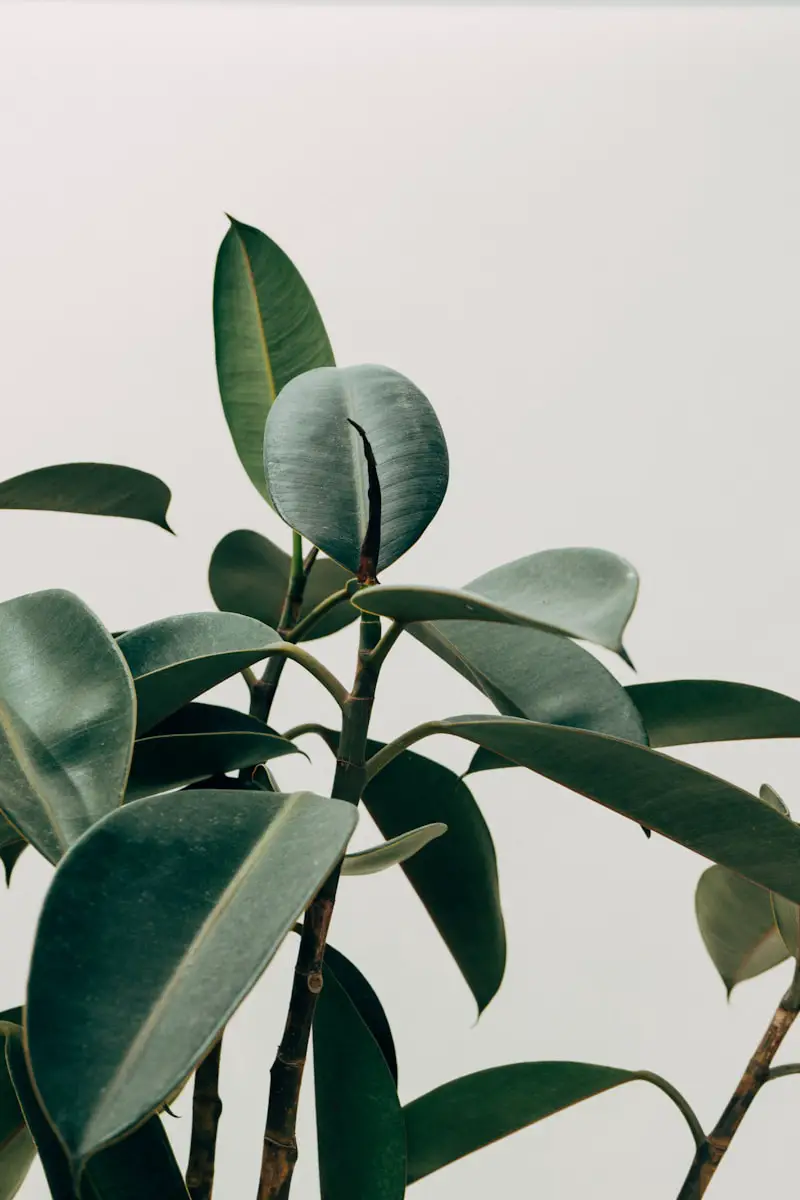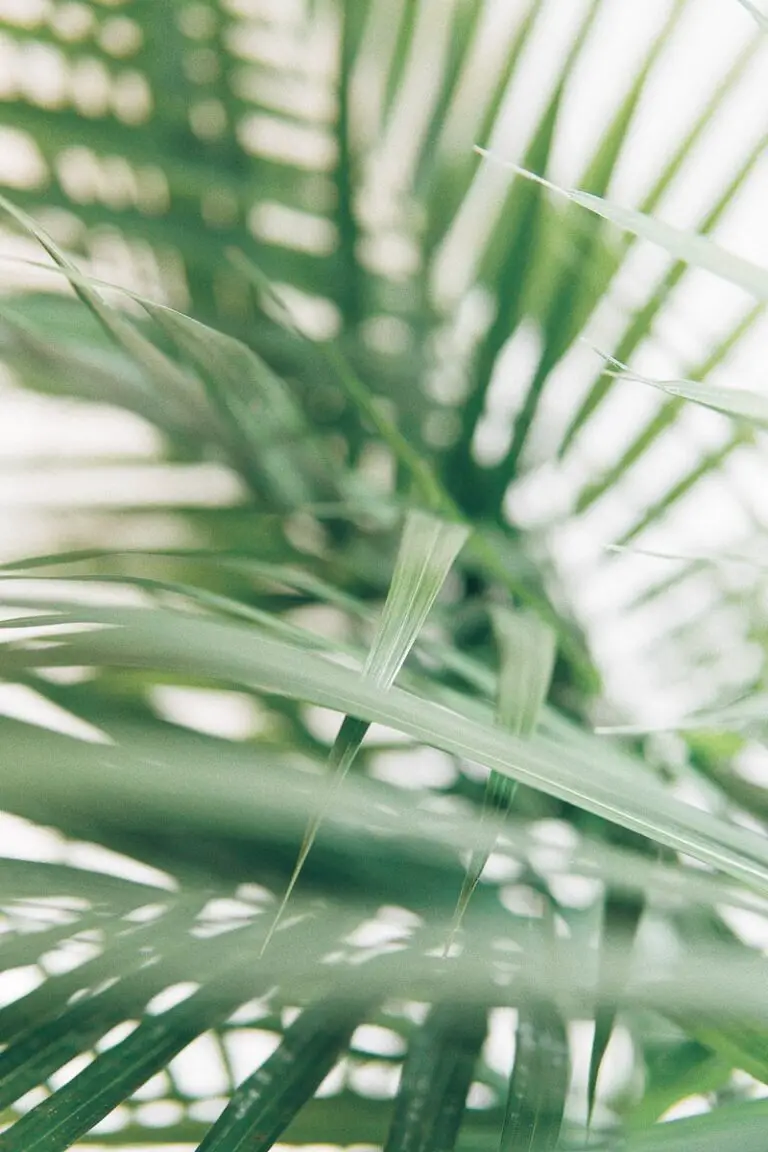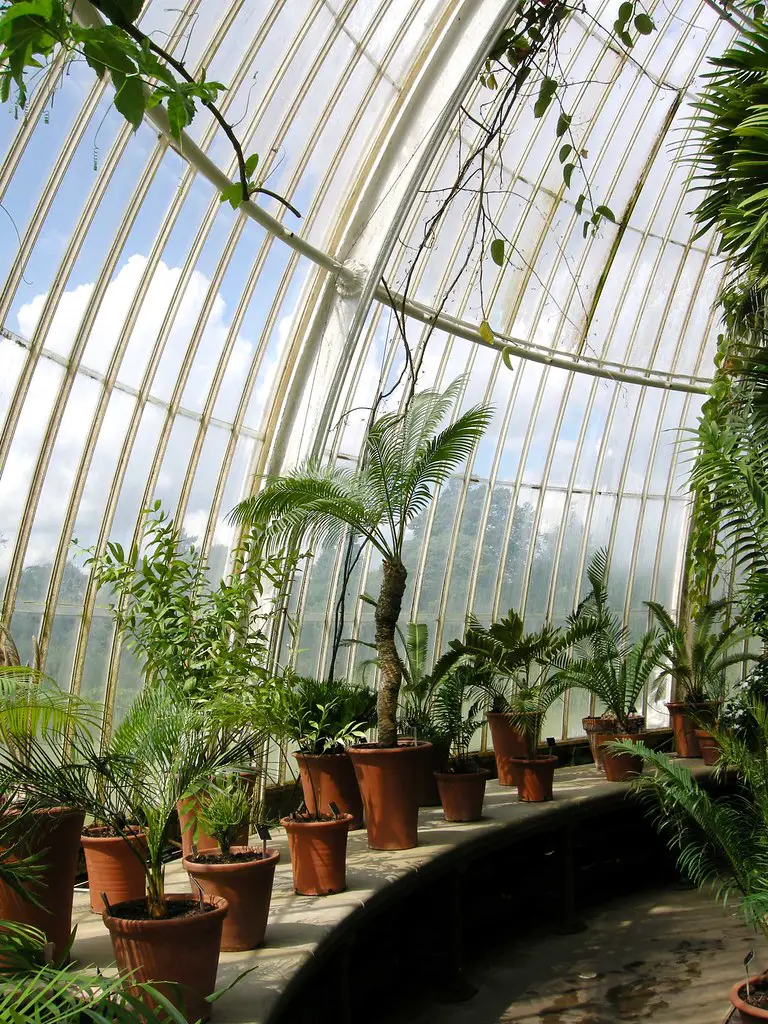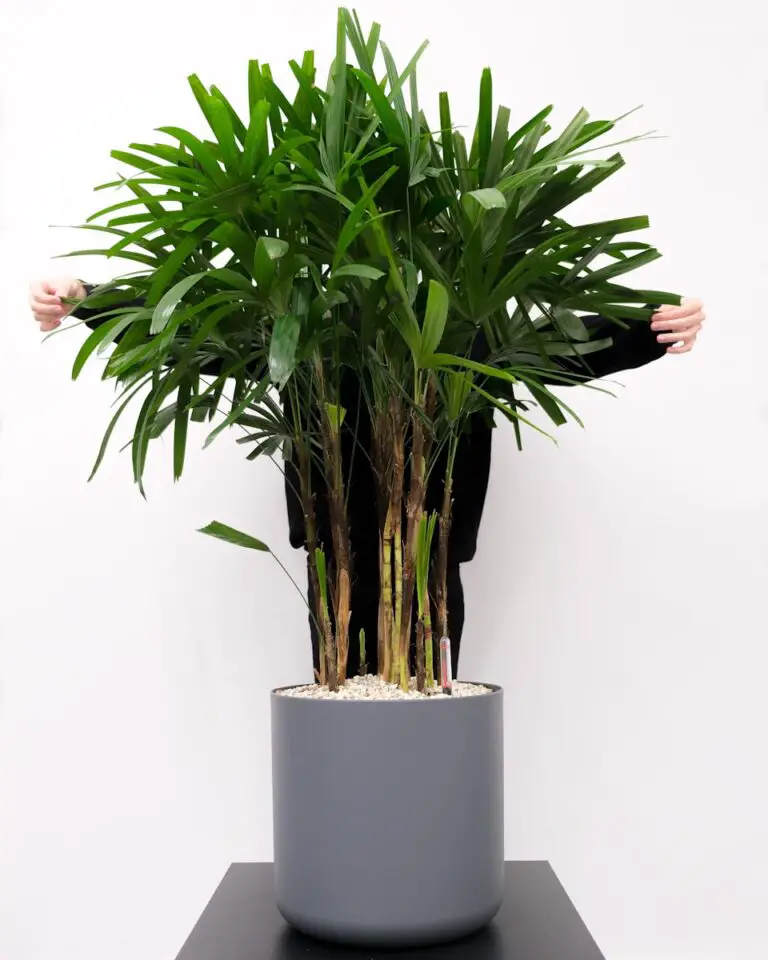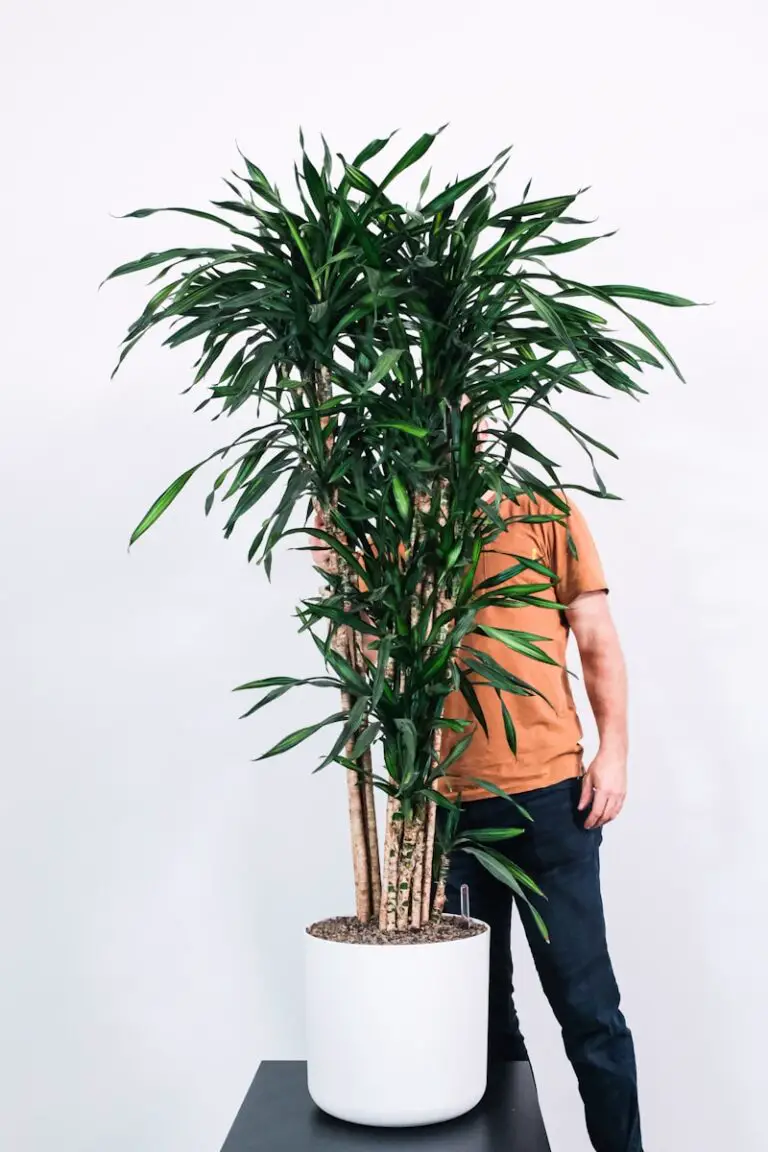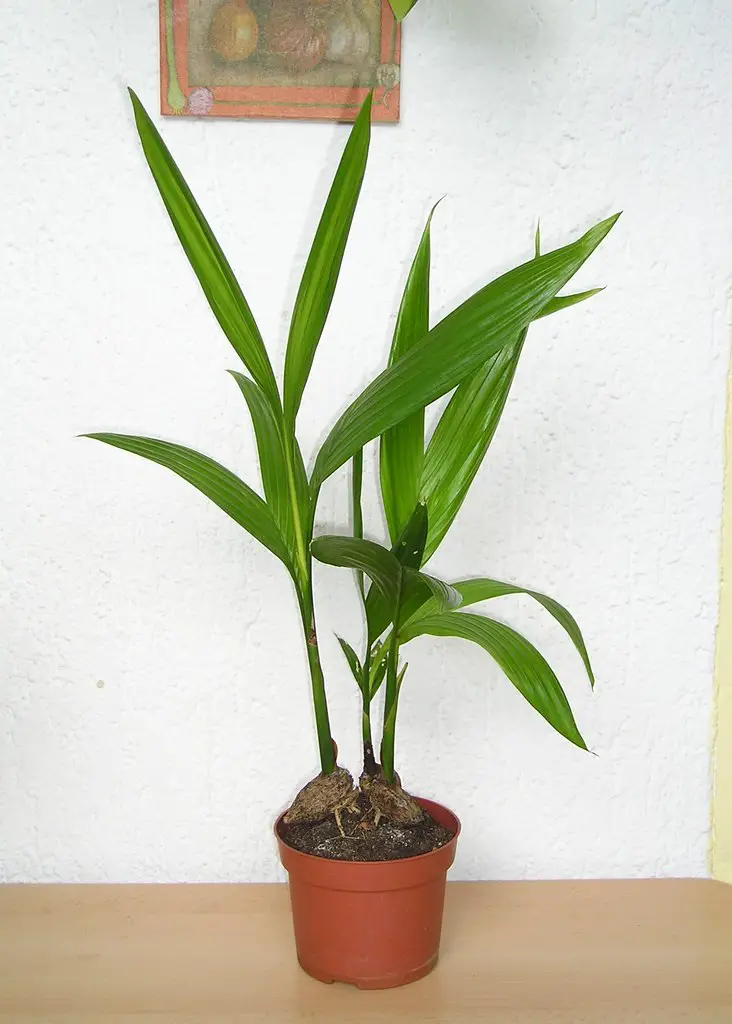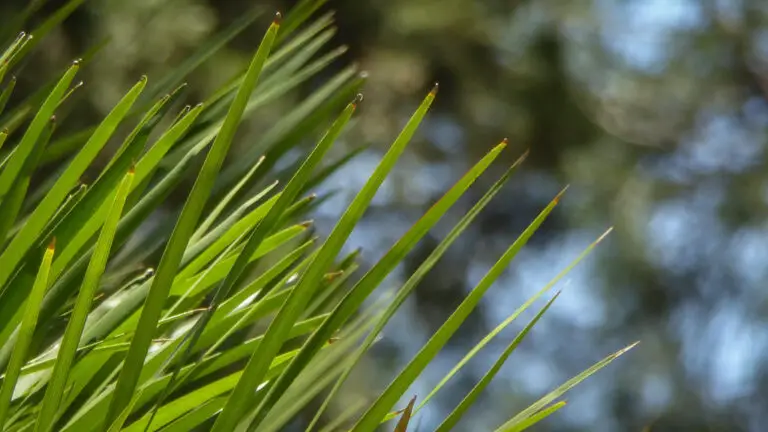Creating the Perfect Indoor Environment for Your Bamboo Palm: Humidity and Air Quality Tips
When it comes to interior design, there’s nothing quite like the lush greenery of indoor plants to breathe life and tranquility into your home. For indoor gardening enthusiasts, the thriving health of plant life indoors is their ultimate source of pride—especially when it comes to the delicate balance necessary for bamboo palms. Ensuring that your bamboo palm thrives inside your home is not just about watering and light exposure. It’s also about creating an environment that mimics its natural habitat, where air quality and humidity play pivotal roles.
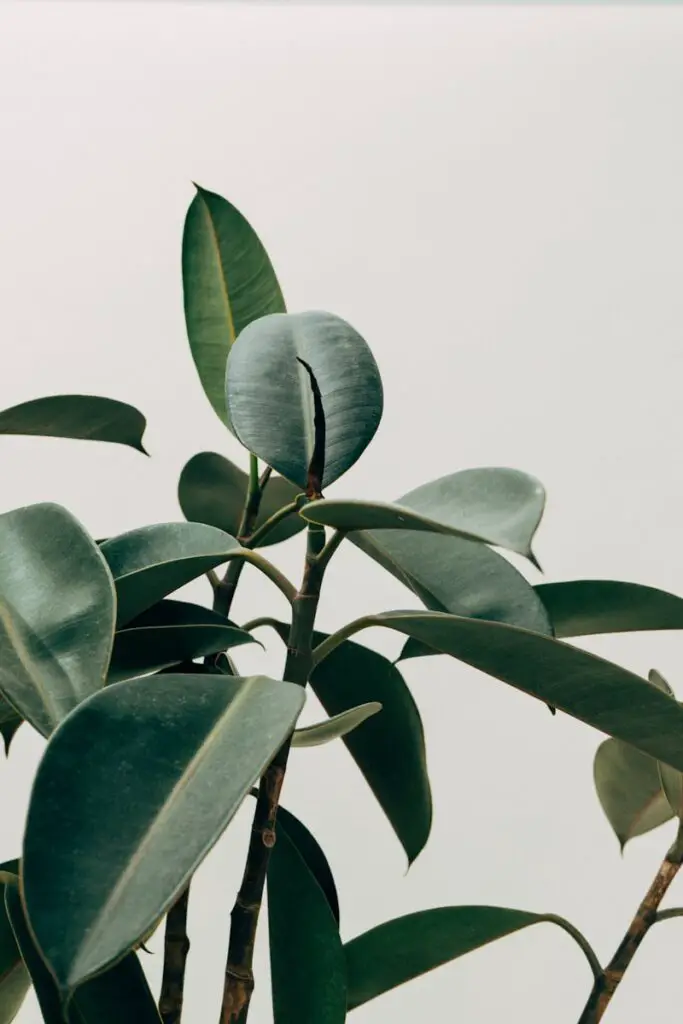
Understanding Bamboo Palms
Characteristics of Bamboo Palms
The bamboo palm, also known as Chamaedorea seifrizii, is a staple in indoor gardening due to its resilience and attractive leafy fronds. This tropical plant is well-loved for its air-purifying qualities and its ability to break down and eliminate volatile organic compounds. It’s characterized by its slender, cane-like stems and gracefully arching leaves, making it a popular choice for homes and offices alike.
Ideal indoor conditions for Bamboo Palms
Ideally, bamboo palms should be kept in a room with plenty of indirect sunlight. They prefer a warm, humid environment, but are adaptable to standard indoor temperatures and low light levels, which makes them a suitable candidate for most indoor spaces.
Humidity Management
Importance of humidity for Bamboo Palms
Bamboo palms are native to shady, humid subtropical and tropical environments. To replicate these ideal conditions indoors, maintaining proper humidity is crucial. Low humidity can lead to browning of the leaf tips, while high humidity may encourage mold growth and negatively impact the plant’s health.
Tips for maintaining optimal humidity levels
To ensure the perfect environment for your bamboo palm, consider placing a humidifier in the room, especially in dry climates or during the winter months. Misting the plant’s leaves with water can also provide a temporary boost in moisture. Pebble trays filled with water under the plant pot can be an effective method of raising humidity as well. Replenishing the water in these trays regularly also serves to ward off pests and diseases.
Air Quality Considerations
Impact of air quality on plant health
The air we breathe is just as important for our indoor plants as it is for us. Poor air quality leads to a variety of health problems in plants, including stunted growth, wilting, and browning. Indoor pollutants from cigarette smoke, gas stoves, and building materials can all take a toll on your bamboo palm, inhibiting its ability to photosynthesize efficiently.
Indoor air purifying methods for Bamboo Palms
Choosing the right purifying methods is essential for both plant and owner. Activated charcoal filters can help neutralize the air. Additionally, grouping plants together can create a more effective microclimate for purifying the air. Regularly cleaning the leaves of your bamboo palm can also help it to function as a natural air filter.
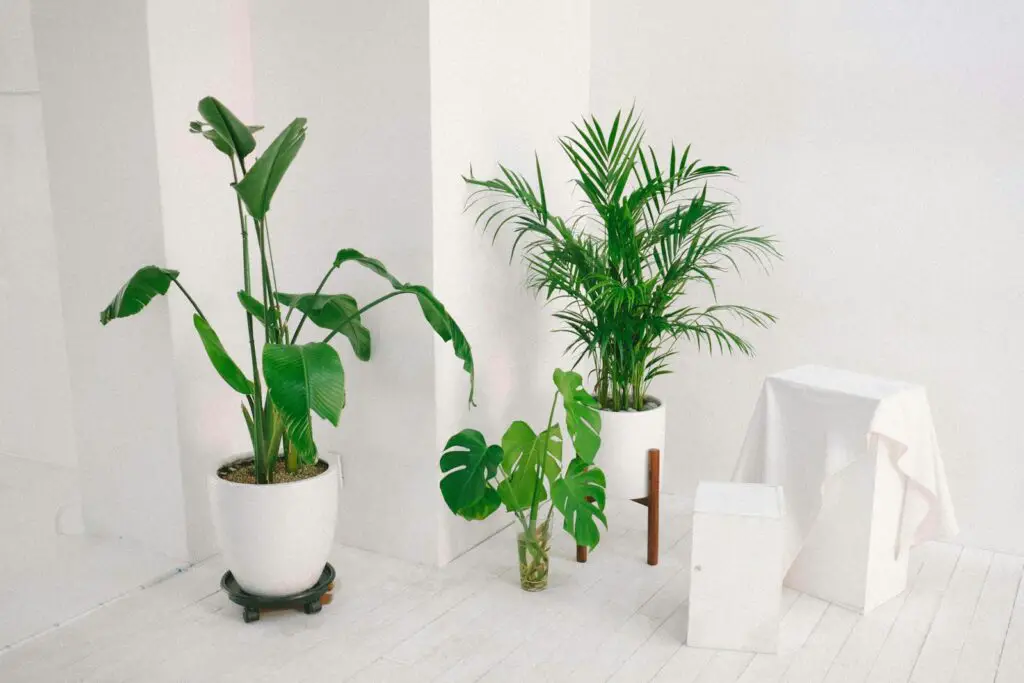
Maintenance Tips
Regular watering and fertilizing
Bamboo palms appreciate moisture in the soil but do not like to be waterlogged. A well-draining potting mix is essential. Water your bamboo palm when the top inch of the soil is dry to the touch, and ensure that any excess water can drain away. Avoid using water high in salts, as this can cause browning of the leaf tips. Fertilize your plant once a month during the growing season, spring through summer, with a balanced liquid fertilizer diluted to half strength.
Pruning and pest control for Bamboo Palms
Regular pruning of your bamboo palm will not only keep it looking tidy but also enhance air circulation, preventing pests and diseases from taking hold. When pruning, be sure to remove yellowing or browning fronds at their base. Inspect your plant regularly for signs of common pests such as spider mites and mealybugs, and take swift action using insecticidal soap or a neem oil solution at the first sign of trouble.
Conclusion
Creating the perfect indoor environment for your bamboo palm is a multifaceted task that involves careful attention to humidity, air quality, and general maintenance. By following the tips outlined in this post, you can ensure that your bamboo palm not only survives but flourishes, bringing the tranquility of a lush, tropical oasis right into your home.
Remember, maintaining a healthy indoor environment for your bamboo palm requires ongoing management and adjustment. Each home and plant is unique, and it may take time to find the balance that works best. With patience and diligence, you can enjoy the rewards of a vibrant and resilient bamboo palm that will enrich your space for years to come.

